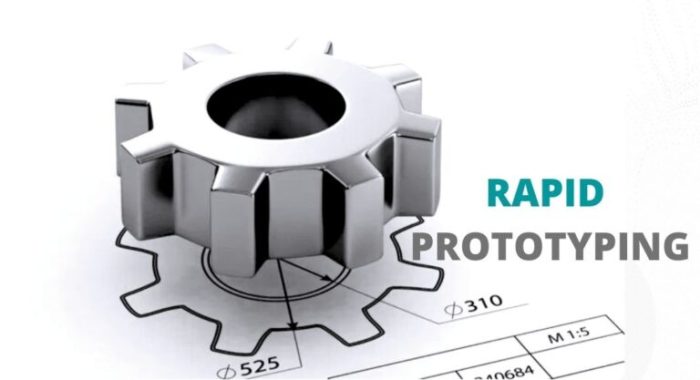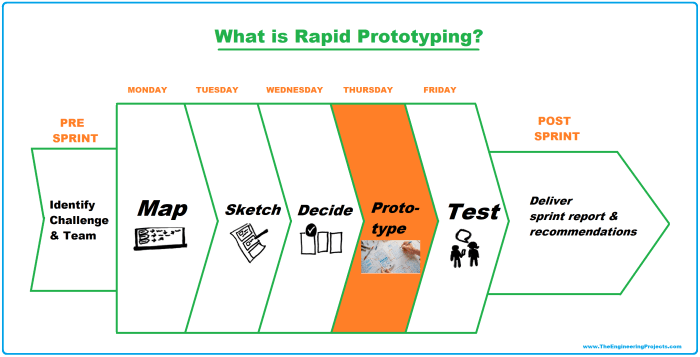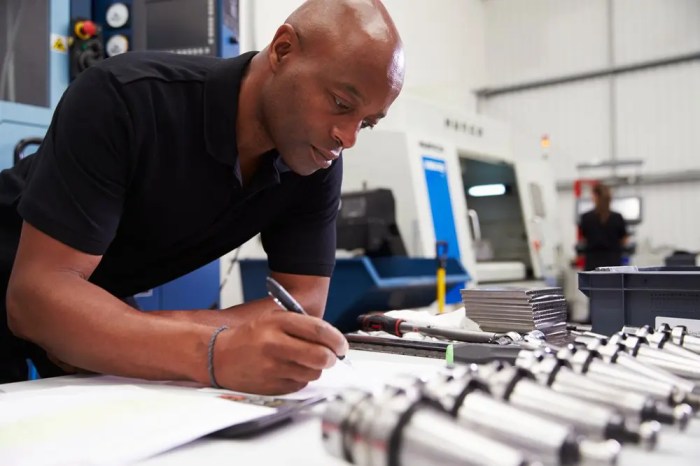Rapid prototyping could be an advantageous methodology that is revolutionizing the product development process, enabling faster design cycles, cost savings, and the creation of customized products. This technology has broad applications across various industries, transforming the way we design, manufacture, and innovate.
The benefits of rapid prototyping extend beyond traditional manufacturing methods, offering significant advantages in terms of speed, cost-effectiveness, and design flexibility. It allows for quick iterations, reducing the time-to-market for new products and minimizing material waste during production.
1. Definition and Overview

Rapid prototyping, also known as additive manufacturing, is a revolutionary technique that enables the rapid creation of physical models and prototypes directly from digital designs. This technology has gained significant importance in modern manufacturing due to its ability to accelerate product development cycles and reduce production costs.
Rapid prototyping utilizes various techniques and technologies, including stereolithography (SLA), selective laser sintering (SLS), fused deposition modeling (FDM), and digital light processing (DLP). These techniques allow for the creation of complex geometries and intricate designs that would be difficult or impossible to achieve through traditional manufacturing methods.
Rapid prototyping finds widespread application in industries such as automotive, aerospace, medical, and consumer products. It enables designers and engineers to quickly iterate and refine their designs, resulting in improved product quality and reduced time-to-market.
2. Advantages of Rapid Prototyping

Rapid prototyping offers numerous advantages over traditional manufacturing methods, including:
- Faster product development cycles: Rapid prototyping allows for the rapid creation of prototypes, enabling designers to iterate and refine their designs quickly.
- Reduced material waste: Rapid prototyping minimizes material waste by building objects layer-by-layer, using only the material necessary.
- Cost-saving: Rapid prototyping can significantly reduce production costs compared to traditional manufacturing, especially for complex or low-volume production runs.
- Improved product quality: Rapid prototyping enables the creation of high-quality prototypes that accurately represent the final product, allowing for early identification and correction of design flaws.
3. Applications and Use Cases
Rapid prototyping has revolutionized product design and development processes across various industries:
- Automotive: Rapid prototyping enables the rapid creation of functional prototypes for testing and validation, reducing the need for costly and time-consuming physical testing.
- Aerospace: Rapid prototyping allows for the creation of lightweight and complex components, such as aircraft parts and spacecraft structures, with improved aerodynamic performance.
- Medical: Rapid prototyping is used to create custom prosthetics, surgical implants, and anatomical models, enabling personalized and precise medical treatments.
- Consumer products: Rapid prototyping enables the creation of customized and personalized products, such as jewelry, toys, and home décor, meeting the growing demand for unique and tailored products.
4. Challenges and Limitations: Rapid Prototyping Could Be An Advantageous Methodology

While rapid prototyping offers significant advantages, it also presents certain challenges and limitations:
- Accuracy and quality: The accuracy and quality of rapid prototyping models can be affected by factors such as material properties, machine calibration, and post-processing techniques.
- Cost: Rapid prototyping can be more expensive than traditional manufacturing methods for high-volume production runs due to the cost of materials and equipment.
- Material limitations: Rapid prototyping is limited to the materials that can be used in the specific prototyping process, which may not always meet the required properties for the final product.
5. Future Trends and Advancements

Rapid prototyping technologies are constantly evolving, with emerging trends and advancements shaping the future of the field:
- New materials: The development of new materials, such as biocompatible and high-performance polymers, is expanding the range of applications for rapid prototyping.
- Advanced processes: Continuous advancements in rapid prototyping processes, such as multi-material printing and hybrid manufacturing, are enabling the creation of more complex and functional prototypes.
- Integration with other technologies: The integration of rapid prototyping with technologies such as 3D scanning and artificial intelligence is further enhancing the efficiency and accuracy of the prototyping process.
FAQs
What are the key advantages of rapid prototyping?
Rapid prototyping offers numerous advantages, including faster product development cycles, cost savings due to reduced material waste and production time, and enhanced design flexibility.
How is rapid prototyping used in different industries?
Rapid prototyping finds applications in various industries, such as automotive, aerospace, medical, consumer products, and manufacturing, to create prototypes, test designs, and produce customized products.
What are the limitations of rapid prototyping?
Rapid prototyping may have limitations in terms of accuracy, quality, and cost, depending on the specific technology and materials used. However, these limitations can be overcome through careful process optimization and material selection.